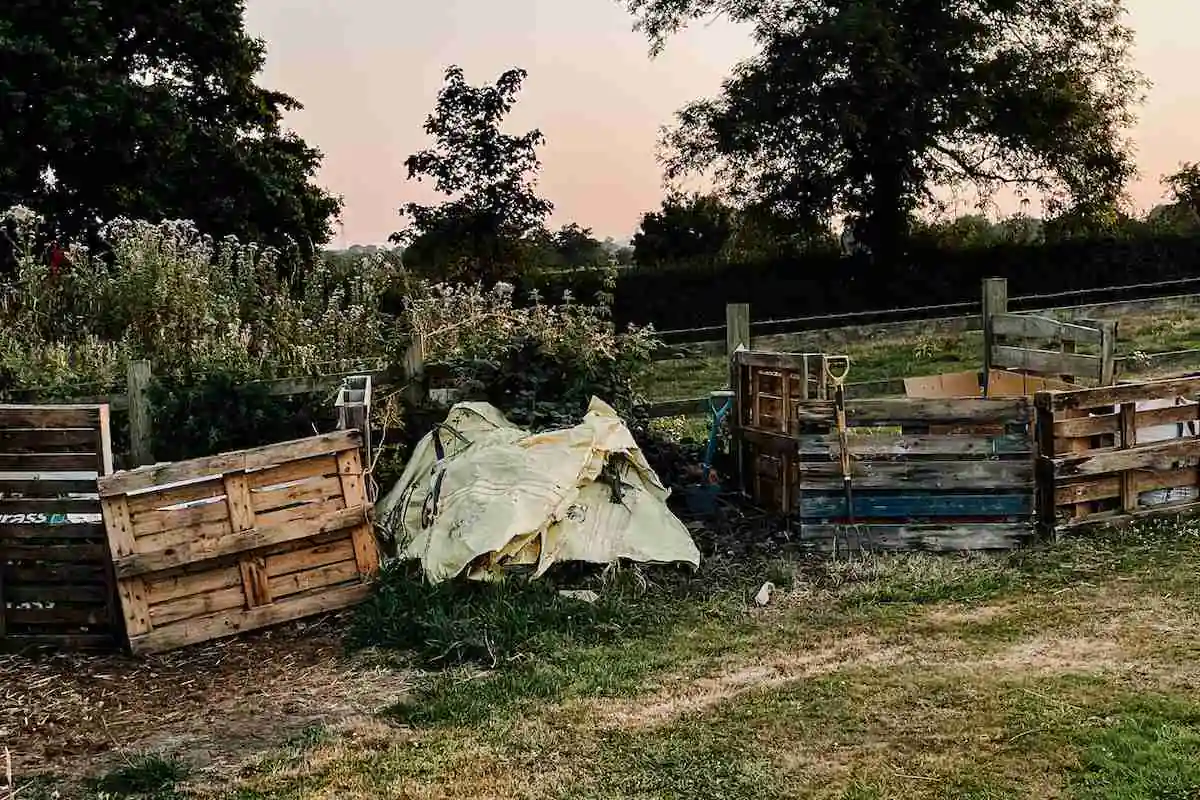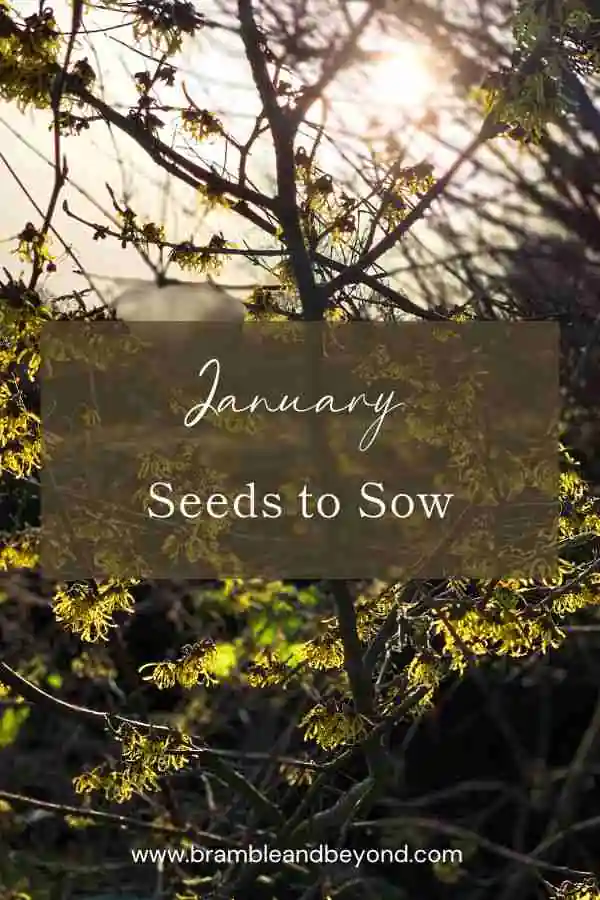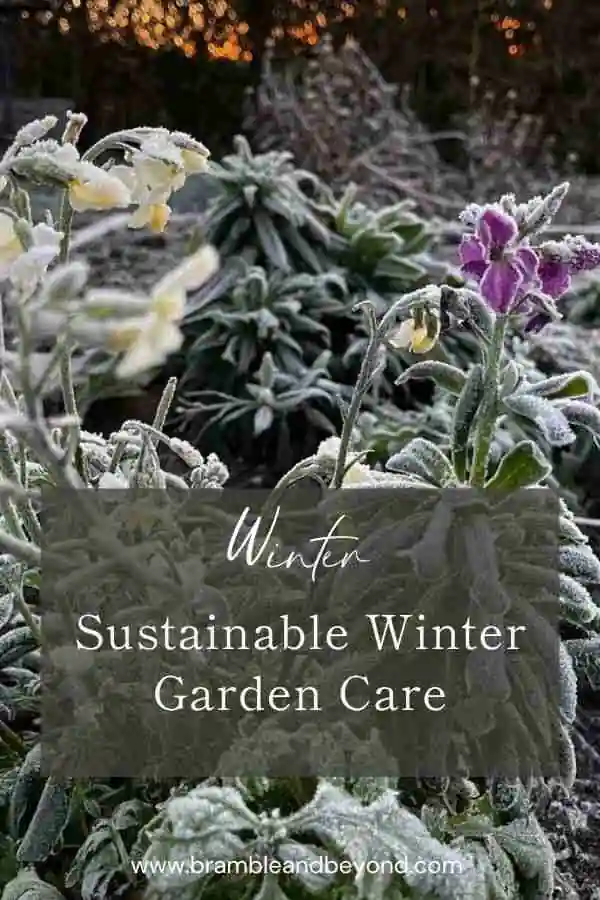Disclosure: This post may contain affiliate links, meaning I get commission if you decide to make a purchase through my links, at no cost to you. Please read my Affiliate Disclosure for more information.
Gardening is an activity that requires patience, care, and dedication. Every month brings with it new opportunities to nurture growth and experiment with what works best in your garden. February is particularly special as the first signs of spring start to show, setting the stage for a vibrant season ahead. Although this is a quieter time for gardening, there are still plenty of February garden tasks to do to keep your garden healthy and abundant, if you feel so inclined.
Depending on the weather conditions, several activities can be done in a garden in the UK during February. Read on to find out the things that I will be doing. Of course, you can also catch up on all the activities on your January to-do list that you still need to get around to; I’m right there with you on that one.
February Garden Tasks
Personally, I still believe that February is a wonderful time to fully embrace slow gardening. The days are still short, the weather is cool, and to be honest, my garden’s soil is likely to be quite waterlogged. As a result, I only focus on tasks that can be done from a path, so I don’t compact the wet soil too much. Alternatively, I work on indoor projects or tasks that don’t affect the garden beds. There is always something special about sitting on a cozy chair by the fire, daydreaming about how you want your garden to be.
Plan your season in your flower garden
Hopefully, by now, you know WHAT you want to grow. So now is the time to think about WHEN you will sow it to get the best harvest. This includes your plan for succession planting to ensure a steady supply of flowers throughout the growing season.
Of course, once the season gets in full flight, all your plans may go out of the window as you adapt to what is happening on the ground. But having that initial plan is helpful to keep you on track.
Along with your sowing and succession plan, it is also a good idea to think about your garden layout, i.e. where will all of your beautiful plant babies live once they are ready to be planted outside. Consider factors such as flowering time, colour, and height. Keeping plants together that need similar growing conditions will make it easier for you to garden.
And finally, think about how you plan to irrigate, support and protect your plants. If we have another hot summer like last year (2022), then knowing how you will get water to the garden is essential. Good soil management and mulching can only go so far in keeping your plants hydrated.
Prune your flowering trees and shrubs
If you have an established cut flower garden, you can start pruning, dividing and deadheading your existing shrubs and trees as needed. This includes apple trees, roses, wisteria and hydrangeas if you still need to do this.
Prune back any dead or damaged growth from the previous season, removing old, woody growth that no longer produces flowers—shaping and thinning out the plants to encourage bushier growth and more flowers.
It’s important to note that different plants have different pruning needs, so it’s a good idea to research the specific pruning requirements of the plants in your cut flower garden. Also, remember that pruning at the wrong time of year can harm the plant, so it’s important to prune at the correct time of year for each plant species.
February is an ideal time to prune wisteria, roses, and if you want to encourage growth then you can also prune apple trees.
Begin clearing and tidying your flower garden
February is also a great time to start clearing and tidying your flower garden if the weather is appropriate.
Make a start by removing any debris and fallen branches. This will help to prevent the spread of pests and diseases. I like to leave fallen leaves on my garden beds, as I think it all adds to the nutrients in the soil and provides some protection and a bit of a mulch. However, if you have leaves on grass or paths, make sure you clear this up, as it will either prevent your grass from growing or be slippery to walk on.
While checking through your beds, tie up or stake any plants that have become loose or fallen over during the winter. Dispose of diseased or pest-ridden plants in the rubbish bin, not the compost heap. Also, repair or replace any supports that have been damaged or broken over the winter.
Finally, if the weather is warm enough, start dividing perennials that have become overcrowded to promote better growth.
Mulch your garden beds
If you have garden beds solely for cut flowers, then you should only need to mulch around permanent plantings, such as perennials, shrubs, roses and trees. Annual seed flower beds will have a quick turnover, so adding a layer of compost before each new planting is all that is required.
You can begin mulching your cut flower garden when the soil has started to warm up, typically in late winter or early spring. The exact timing is not important, as it’s more important that it happens.
Mulching has several benefits for your flower garden.
Applying a layer of mulch to garden beds can help to protect plants from the cold and retain moisture in the soil. It will also suppress weeds and improve soil fertility. So it is worth doing.
For a cut flower garden where the garden’s aesthetics is less important than productivity, a good thick layer of good quality homegrown compost is all that is required.

Create your own compost
If you still need to get a compost heap on the go, then February is a good time to start a compost heap or bin (think of all that fantastic dead foliage you will be collecting from your garden tidy-up). Although you can create a compost heap at any time in the year, as long as you have one is the key.
If you are unsure why you need a compost heap, here are just a few reasons why it is beneficial to your garden:
- It improves soil fertility and promotes healthy plant growth.
- It improves soil structure which can help to improve drainage and aeration.
- It can help to retain moisture in the soil, reducing the need for frequent watering.
- It introduces beneficial microorganisms to the soil, which helps reduce the incidence of diseases and pests.
- It allows you to recycle organic waste such as leaves, grass clippings, and kitchen scraps, reducing the amount of waste that goes to landfill.
- It can help you save money by reducing the need for expensive fertilisers.
In short, compost helps improve your soil and the environment so that you become less dependent on chemical fertilisers and pesticides.
In my cutting garden, I try to be as organic and eco-friendly as possible, so my compost heap is one of the most critical areas of the garden.
It’s important to note that composting requires space and proper management. Turning my compost is one of my regular February jobs to ensure that it breaks down and I can get it back on the garden as quickly as possible.
Enjoying your garden
Even though many plants are still dormant in February, you can still enjoy the garden by taking a walk, appreciating the beauty of the winter landscape, and looking for signs of Spring in the garden.
Or if all else fails you can sow a few seeds in preparation for the coming season, take a look at what seeds are ok to sow in February. If you are ready to buy your seeds I have all of the easy cut flower seeds to grow in my shop. Shop Now
Some of these activities may not be possible in cold, wet weather. But if you still feel the itch to be doing something, take the time to clean and sharpen your tools for the coming season.







